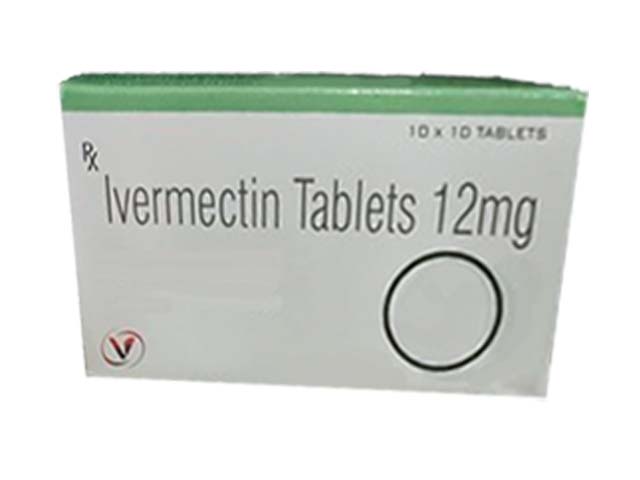Governments around the world banned the use of Ivermectin and Hydroxychloroquine that were a lifesaving triple-therapy against COVID-19. It has long been thought that their reason for doing this was because they wanted to force everyone in the world to use the expensive, negative efficacy vaccines.
Dr. Pierre Kory already revealed the Ivermectin Story. Recently, the large, published Itajai (Brazil) study showed that strict regular use of IVM led to a 100% reduction in hospitalization, and a 90% reduction in death. Now there is a follow-up to that study.
People are saying governments still don’t care, because it was never about health, it was about control, and they were being controlled too.
Here is the abstract to the study, with links to both studies mentioned above.
The Abstract
Hospitalization rate was reduced by 100% in strict users, compared to non-users and to sporadic users, both before and after PSM (RR, 0.00; 95%CI, not applicable; p < 0.0001). After PSM, hospitalization rate was 35% lower among sporadic users than non-users (RR, 0.65; 95%CI, 0.44 – 0.70; p = 0.03). In propensity score matched groups, multivariate-adjusted mortality rate was 90% lower in strict users compared to non-users (RR, 0.10, 95%CI, 0.02 – 0.45; p = 0.003) and 79% lower than in sporadic users (RR, 0.21; RR, 0.04 – 1.00; p = 0.05), while sporadic users had a 37% reduction in mortality rate compared to non-users (RR, 0.63; 95%CI, 0.41 – 0.99; p = 0.043).
Risk of dying from COVID-19 was 86% lower among strict users than non-users (RR, 0.14; 95%CI, 0.03 – 0.57; p = 0.006) and marginally significant, 72% lower than sporadic users (RR, 0.28; 95%CI, 0.07 – 1.18; p = 0.083), while sporadic users had a 51% reduction compared to non-users (RR, 0.49; 95%CI, 0.32 – 0.76; p = 0.001).
Conclusion: Non-use of ivermectin was associated with a 10-times increase in mortality risk and 7-times increased risk of dying from COVID-19, compared to strictly regular use of ivermectin in a prospectively collected, strictly controlled population. A progressive dose-response pattern was observed between level of ivermectin use and level of protection from COVID-19 related outcomes and consistent across different levels of ivermectin use.
Study Authors:
Lucy Kerr, Instituto Kerr
Fernando Baldi, São Paulo State University
Raysildo Barbosa Lôbo, Center for Genetic Engineering and Biotechnology
Washington Luiz Olivato Assagra
Fernando Carlos Proença
Jennifer A Hibberd
Juan Chamie, Universidad EAFIT
Pierre Kory, Front-Line COVID-19 Critical Care Alliance
Cadegiani Flávio, Applied Biology
